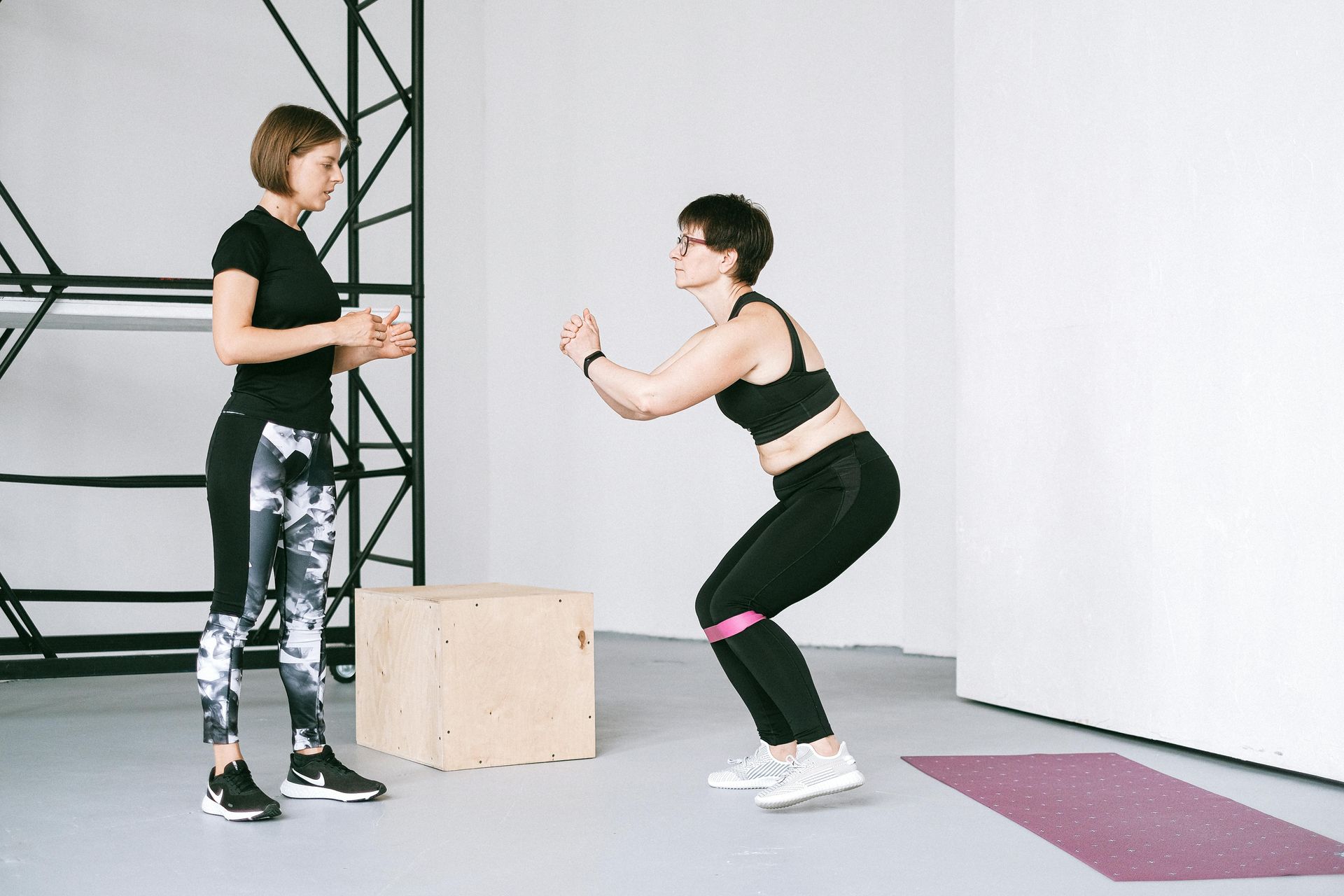The Impact of Plyometric Exercises on Running Performance
Plyometric exercises, characterised by explosive movements that combine strength and speed, offer significant benefits to runners looking to enhance their performance. These exercises can improve running economy, speed, and overall athletic efficiency. This blog explores the mechanisms by which plyometrics enhance running performance and provides insights into effective training strategies.
What Are Plyometric Exercises?
Plyometric exercises involve rapid stretching and contracting of muscles, often referred to as the stretch-shortening cycle (SSC). This cycle consists of three phases: the eccentric phase, where the muscle is elongated; the amortisation phase, where the muscle transitions between lengthening and shortening; and the concentric phase, where the muscle contracts forcefully (Markovic & Mikulic, 2010).
Examples of plyometric exercises include:
- Box jumps
- Drop jumps
- Bounding
- Jump squats
- Pogo Hops

Benefits of Plyometric Training for Runners
1. Improved Power and Speed
Plyometric training increases muscular power, which is crucial for sprinting and accelerating. According to a study by McBride et al. (2002), athletes who incorporated plyometric training into their routines exhibited significant improvements in vertical jump height and sprinting speed. This increased power translates into more efficient running, especially in short distances.
2. Enhanced Running Economy
Running economy refers to the amount of energy expended at a given velocity. Research indicates that plyometric training can lead to improvements in running economy, allowing runners to maintain a faster pace with less effort. A study by Paavolainen et al. (1999) found that incorporating plyometric exercises improved running economy by enhancing muscle stiffness and the efficiency of the SSC.
3. Injury Prevention
Plyometric training can also play a critical role in injury prevention. By strengthening muscles, tendons, and ligaments, runners can enhance their overall stability and reduce the risk of injuries commonly associated with repetitive running motions. Studies have shown that well-structured plyometric programs can decrease the incidence of lower limb injuries in athletes (Gabbett, 2006).

Designing a Plyometric Training Program
When integrating plyometric exercises into a running routine, it is essential to consider several factors:
1. Frequency and Duration
Beginners should start with 1-2 plyometric sessions per week, focusing on quality over quantity. Each session can last between 20 to 30 minutes, depending on the runner's fitness level and experience.
2. Exercise Selection
Incorporate a variety of exercises targeting different muscle groups. For instance, box jumps can enhance leg power, while bounding can improve coordination and running form.
3. Progression
Gradually increase the intensity and complexity of the exercises as the runner adapts. This progression can involve increasing the height of jumps, the distance of bounds, or the number of repetitions.
4. Recovery
Adequate recovery is crucial to prevent overtraining and ensure optimal performance gains. Allow at least 48 hours of recovery between plyometric sessions.
Conclusion
Plyometric exercises offer a powerful tool for runners aiming to improve their performance. By enhancing muscular power, running economy, and injury resilience, these explosive movements can significantly impact a runner's efficiency and speed. For best results, runners should incorporate plyometrics thoughtfully into their training regimen, ensuring a balanced approach to strength and endurance development.
Incorporating plyometric training can be a game-changer for runners looking to elevate their performance. With a structured approach, the benefits can lead to faster times and a more enjoyable running experience.
Chelmsford Physio
Riverside Leisure Centre, Victoria Rd, Chelmsford CM1 1FG



